
Yesterday Instagram launched Business Tools across the UK – a new feature that enables users to set up a business profile, have a contact button and view insights into their followers.
The move follows the unveiling of Instagram Stories two weeks ago – the Snapchat-esque feature where users can post photos or videos that will remain visible for 24 hours.
Both launches have created new and easier ways for businesses to interact with customers. But what opportunities can these features bring to fmcg brands and retailers?
“Small businesses have been a key part of the Instagram community since the start, and now they make up the majority of the 200,000 businesses that advertise on our platform today,” says Amy Cole, head of brand development EMEA at Instagram.
“But we want to make Instagram work even better for them, so we listened carefully to their feedback to understand challenges they face, and the tools they need to drive real business growth.”
The changes made have altered the landscape of how businesses can interact with the social network. Registering as a business on the app, users can enable a Contact button to appear next to the follow button. Whereas previously businesses had to sift through the comments on posts to address queries, now they can see them directly as customers can call, text or email by tapping Contact.
The changes will also enable access to an Insights feature, which Instagram has said will include “business actionable information” such as which posts have done better than others. Once businesses have looked at their most popular posts, they can turn them into ads within the app, adding a Call to Action button. Businesses can select a target audience for the ad, or allow Instagram to make suggestions.
“These changes clearly offer brands and small businesses some new value,” says Jordan Stone, deputy head of strategy at media agency We Are Social, “whether it’s making it easier for customers to connect directly, or delivering better audience insights, which up until now have been sorely lacking [on] Instagram.”
In June, Instagram announced its community had reached 500 million users, with more than 300 million of those using the social media site every day. That’s an awful lot of people who could potentially view content.
“Forget 140-character tweets – social media is now a visual medium,” says Ronan Stafford, senior analyst at market researcher Canadean. “This should play into the hands of brands building around food and drink pairing: videos provide appealing ‘hero’ shots of the food and drink, help to explain the pairing thought process, and educate customers.”
The new Instagram Stories feature will enable brands to do more of this showcasing – whether through live events, behind-the-scenes images, or showing off new products. But the new format means brands can post without bombarding their followers’ feeds with image after image – a line that could easily be crossed in the days before Stories.
“Brands should be careful, though,” according to David Craft, digital content planner from digital marketing agency Headstream. “It might be obvious, but posting for the sake of posting doesn’t tend to go down well in terms of engagement or sentiment. Brands have to add value, no matter what the platform.”
Tom Bailey, regional vice-president at advertising company Marin Software, believes one of the most important changes by Instagram for businesses is the way advertising works. “The easy access that brands now have to Instagram’s valued community is groundbreaking.”
Whereas previously advertising space was bought through an Instagram sales representative, now with the Promote feature users can create ads within the app. “Brands with access to Instagram’s Ads API will now have unprecedented control over their social budgets,” says Bailey.
However, challenges still lie ahead for businesses using Instagram as a marketing tool. A new algorithm was introduced in June, taking away chronological feeds and instead ordering posts by relevance. The new developments alongside this changed algorithm might pose challenges for businesses moving forward.
“Currently the algorithm is dialled to show the moments that Instagram believes you will care about the most, and there is no real distinction between brand or consumer Instagram accounts,” says Stone from We Are Social. “By signing up or switching over to a business profile, brands could inadvertently be opening the door to having their organic reach throttled, much like Facebook did to posts from brand pages at the end of 2012.”
With over 180 million photos tagged #food on the social network, there’s a lot of opportunity for the industry to make use of Instagram’s new business features, but it’s not without risk.










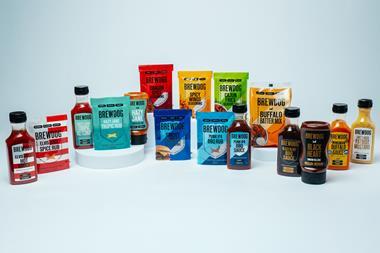
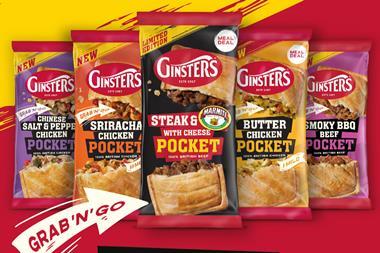
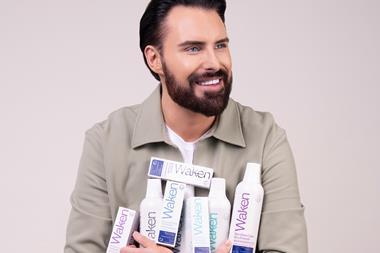




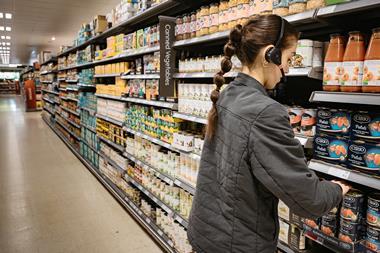
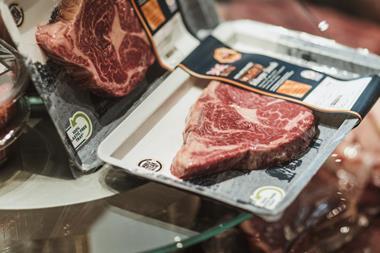
No comments yet